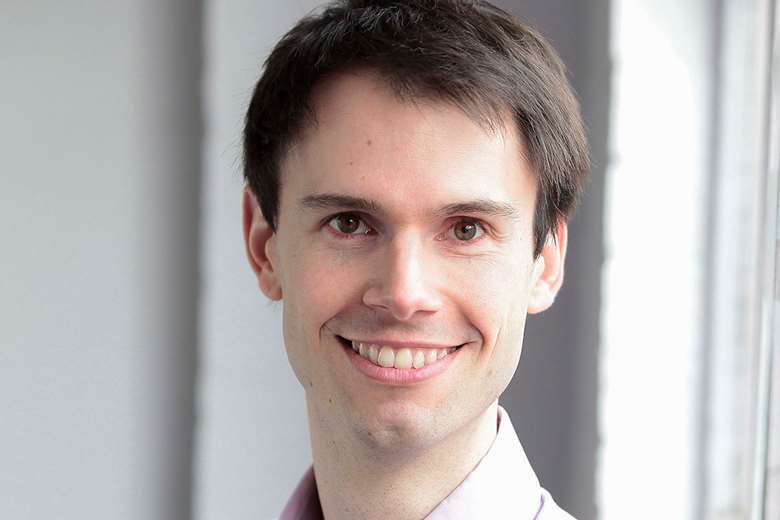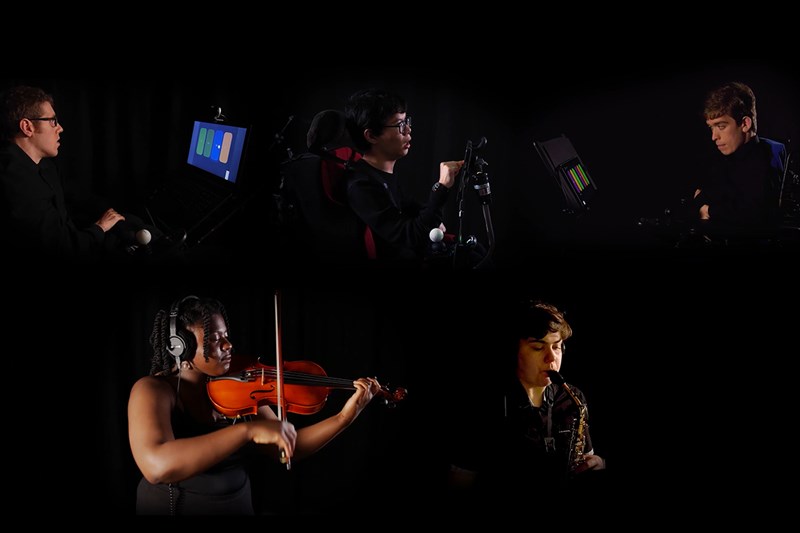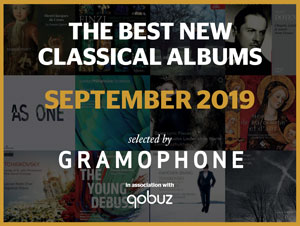What fear we then? Alexander Campkin on writing for a ground-breaking ensemble
Alexander Campkin
Monday, April 11, 2022
The composer's new work for the National Open Youth Orchestra depicts a journey between non-disability and disability

I was a passionate viola player for over a decade when my musical journey was suddenly transformed by medical symptoms and the diagnosis of multiple sclerosis aged 17. This occurred just months before I was due to perform with the Arad Philharmonic in Romania as a viola player.
One reason for the difficulty in my journey was that initially I told almost nobody of my diagnosis. Keeping this secret until very recently created an extra barrier in itself. Why had it been so very difficult for me to be open? Were my concerns unnecessary, or was I worried about exposing myself to a very real prejudice that exists in our society?
At the time of my diagnosis, 20 years ago, the barriers for disabled musicians seemed insurmountable. It was extremely rare for enabling features to be suggested, such as simple instrument modifications or new technology, as options to facilitate a musician’s inclusion. Fortunately, today, an extremely positive transformation is underway, and the practical use of such options is heralding a new era in which disabled musicians can be included in concert performances rather than being shut out. There are now real possibilities for the full inclusion of disabled musicians, and I am proud to be part of this change.


Members of The National Open Youth Orchestra, for whom Alexander Campkin has composed his new work, What fear we then?
The National Open Youth Orchestra (NOYO) is a ground-breaking national youth orchestra where talented young disabled and non-disabled young musicians play together. I was thrilled when they, together with Bournemouth Symphony Orchestra co-commissioned me to write a new work for them. The resulting piece – What fear we then? – is a composition which depicts a journey between non-disability and disability, and is, to some extent, reflective of my own personal journey.
I chose the title What fear we then? to explore the question of why disabled musicians might not have equal opportunities within the musical world. Is society judging before hearing us? The recording of my piece clearly evidences the sparkling abilities of the disabled and non-disabled musicians in these combined orchestras.
The compositional process began with me attending rehearsals in NOYO's three centres in Bournemouth, Bristol and in London. I met the players, heard their musical talents, and was introduced to some exciting new instruments such as the Clarion. This amazing instrument is played on a computer or an iPad, with musical notes represented by shapes on screen that musicians can arrange to suit their needs. Some musicians play Clarion with their fingers, others with head movement using headtracker technology to control which notes to play, for how long, how loudly, and with what timbre.
‘Composing this piece has taken me on a journey of discovery, of questioning myself and my own background’
I wrote some musical sketches which we then trialled, and I went back a few times to tweak some elements. Rather than a traditionally through-composed composition, this piece is built in a modular form. I wrote a number of individual building blocks, but some decisions are left to the performers. This aleatoric style makes it harder to imagine how it will sound without hearing it live.
What fear we then?’s pulsating opening is reflective of my optimism and positivity as a teenager, which was followed by a period of questioning and uncertainty, also expressed through the pace of the music. Watching Ashleigh, the pianist in the Bristol NOYO Centre is what inspired the cadenza. She just sat down and played and it was so beautifully free and open. It was reminiscent of the scary moment when I decided to tell everyone that I had multiple sclerosis, and of the liberating feeling that followed.
I passionately believe that everyone should have the opportunities they want within music, and that music should be fully inclusive. There are so many things that we can do to level the playing field, and to give everybody the opportunity to perform music where perhaps traditional acoustic instruments are not possible for some performers. It is inspiring to see how NOYO so purposefully overcomes any barriers that musicians might otherwise face, to enable them to play instruments and to realise their artistic visions.
Composing this piece has taken me on a journey of discovery, of questioning myself and my own background. For me, this piece represents an opportunity to explore what can we do, not what we can't do. So, What fear we then?
What fear we then? will be performed by NOYO in their first-ever tour featuring four relaxed, BSL interpreted concerts with digital livestream tickets also available for their joint performance with BSO Resound. Box office: noyo.org.uk/concerts
Dates: Milton Court Concert Hall in London on April 24, 2022; St George’s Bristol on May 15; Lighthouse Poole on May 22; Birmingham Town Hall June 5.
NOYO is delivered in partnership with Barbican, Guildhall School of Music & Drama, Bournemouth Symphony Orchestra, Bristol Beacon, B:Music, Midlands Arts Centre and Services For Education.







